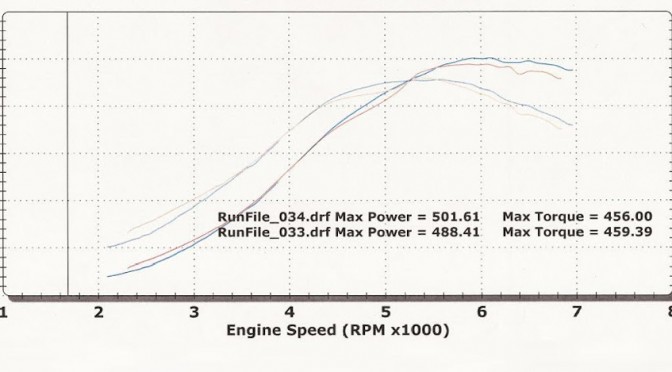Today I’d like to discuss the proper method for performance connecting rod bolt installation. There are a few ways to tighten connecting rod bolts, including the basic torque method, the stretch method, and the torque to yield method. Without a doubt, bolt stretch is the only truly accurate way to establish proper bolt preload. To better understand why, we need to look at how a bolt works.
Understanding Stretch
A bolt functions similar to a spring, in that it needs to be stretched beyond it’s static length in order to apply a clamping force. In the case of a connecting rod bolt, the clamping force must exceed the tensile load imparted by the attached components during high rpm operation. This is accomplished through a combination of bolt material selection and stretch dimension.


